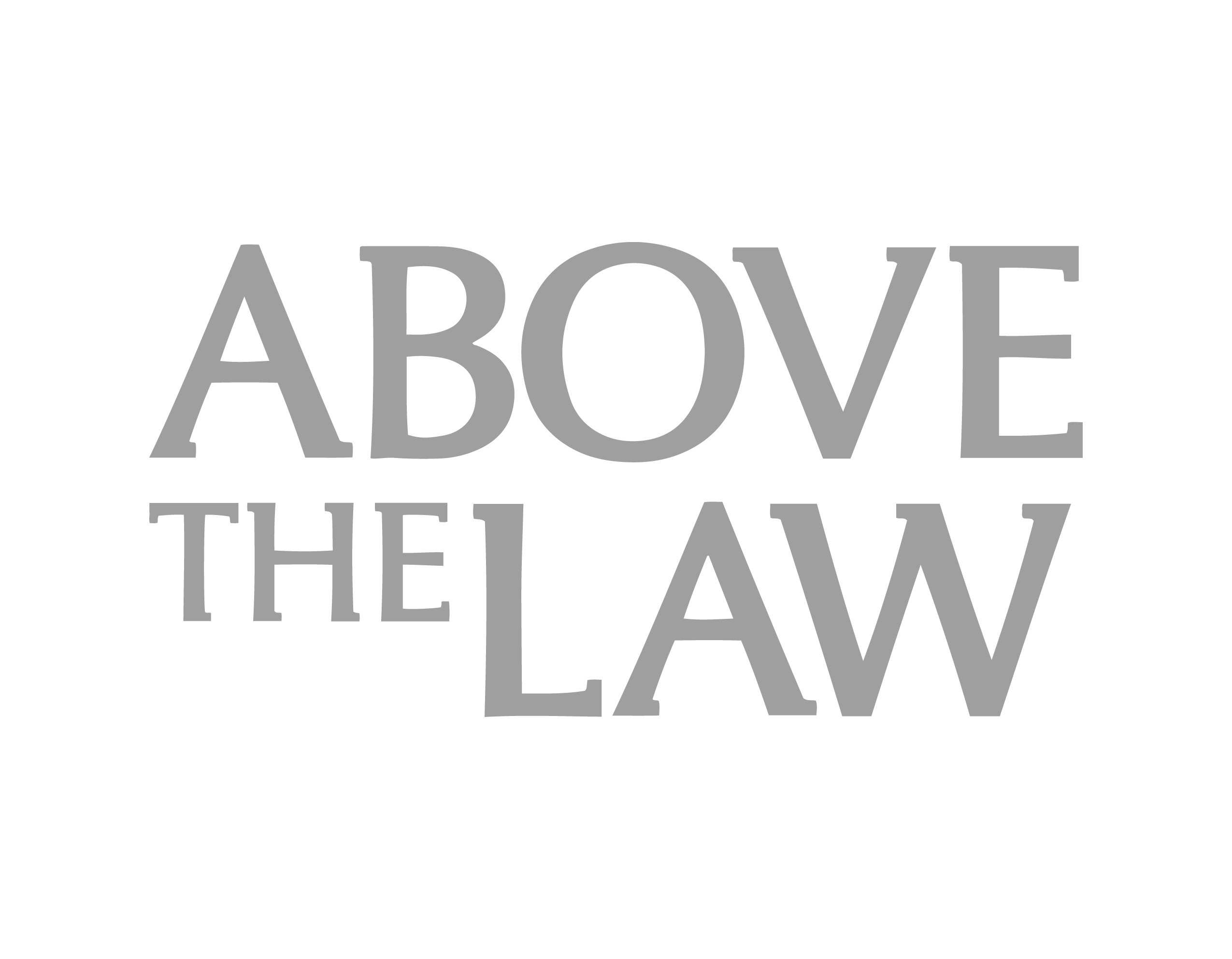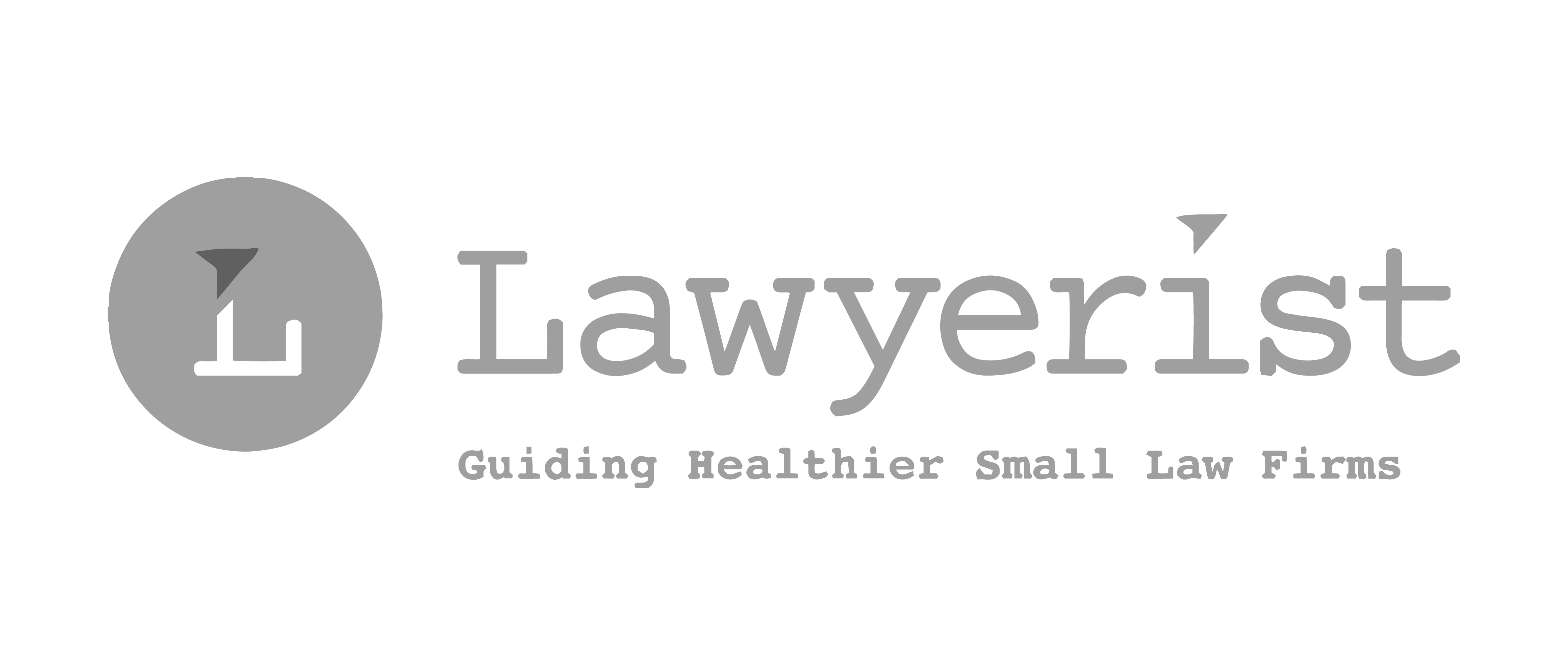How to Make Kanban Boards Work for Your Law Firm

If you’re running a law firm, the word “busy” might be an understatement when describing your workload.
You’re responsible for managing legal professionals, organizing meetings, planning projects, and seeing them through to completion. Every project comes with its own set of tasks, deadlines, and challenges, and it can be daunting to keep up with everything that’s happening with any project at a given moment.
If you’re struggling with project management and want to streamline your workflows and increase efficiency, then Kanban boards may give you the much-needed extra help you’ve been looking for.
What is a Kanban board?
A Kanban board is a project management tool used to visualize workflows and increase communication and efficiency. Kanban boards are used to track the progress of any project by breaking it into three main columns:
- Requested tasks
- Tasks in progress
- Completed tasks
The required tasks for completion are then placed on cards and assigned to team members. Note that you don’t have to use these specific columns, as Kanban categories can be customized to your law firm’s unique workflows and needs.
Once all project tasks are assigned, your team members will need to update the board, moving their assignments from column to column. You can track their progress in the columns to get a clear picture of what’s completed and what needs to be followed up on.
Benefits of using Kanban boards
Kanban boards can be incredibly beneficial for law firms. Here are just a few reasons why:
They keep law firms flexible and responsive
No two projects are the same, and sometimes unanticipated issues will come up. It’s important to be able to adapt your project management tasks to new conditions as they arise while maintaining forward momentum on the work itself. You don’t want a legal matter to get delayed because you and an associate were trying to figure out who is tackling what part of a particular case.
Using a Kanban board, you can immediately see what tasks are getting done and which are taking a bit longer than anticipated. This enables you to adjust deadlines, reprioritize tasks, and reassign them if necessary.
They streamline and improve workflows
When you use a Kanban board, you create a precise reference point for everyone at your law firm. Each team member can see what needs to be done, refer to the progress on other tasks related to theirs, and communicate accordingly.
You can also customize your Kanban boards to serve the needs of different departments at your law firm, ensuring that everyone on your team stays on track. For example, if you need additional transparency in processes during client intake, you can build out more detailed Kanban boards to support this.
They support better processes
Kanban boards help you discern which tasks consistently cause issues with your workflows or impact client work. Having a clear view of ongoing pain points will assist you in identifying team members who need fewer assignments, which processes need improvement, and whether or not specific tasks require additional time.
The result: you can uncover valuable efficiencies, but also improve client satisfaction!
They facilitate communication and collaboration
Kanban boards can significantly reduce the time you need to spend on status meetings and back-and-forth emails. Because Kanban boards are highly visual, it’s easy to see the status of all phases of work on a given project at a glance.
By using the board to communicate about work in the same place, team members can better understand what each person is doing and support them when needed. Note that for this to be successfully implemented, consistency is important. A bit of team training on project management and communications can go a long way, though.
Ways to use Kanban boards
Kanban boards can be put to work in almost every area of your law firm’s operations. Here are a few of the most popular uses:
Client intake
Use Kanban boards to streamline your client intake process.
A client intake board generally has three columns:
- Clients awaiting onboarding
- Onboarding in progress
- New clients
You can map out each of the steps needed to get things rolling for new clients with this board. With all the to-do tasks in place, it will be nearly impossible to forget essential steps when bringing on a new client.
Matter management
Kanban boards can easily be expanded to work for more complex projects like matter management.
Instead of the standard three-column setup, a matter management board can have as many as five columns to give an in-depth look at the entire process and track its progress. A typical matter management workflow may include the following:
- Unscheduled matters
- Investigation
- Discovery
- Motion practice
- Final preparation
Legal review
In-house legal teams can quickly become swamped with legal reviews of contracts and other documents for compliance with company policy, laws, and regulations. Kanban boards can help keep those workloads manageable.
Generally, legal review uses two separate boards: one for analysis and one for authorization. Because legal reviews can quickly pile up, you can prevent task overload by adding a work-in-progress limit to each column to prevent new tasks from being assigned until there’s an available slot on the board.
As with all Kanban boards, you can change these categories to suit your specific needs.
Transactions
Transaction boards are designed for use by legal departments in investment companies that are responsible for mergers and acquisitions or other similar business dealings. Usually, these projects have two procedures: asset valuation and transaction documents.
A transaction board will have these in two separate columns as well as a third for any unexpected issues that come up. The asset valuation column should include two subdivisions for high and low-impact attributes.
Onboarding new hires
Kanban boards can also help with onboarding new hires at your law firm by creating a structured process that’s easily repeatable.
You can make new hires feel at ease by providing them with a specialized new hire board that outlines all of the tasks you’ll be working on with them. Using a Kanban board with new hires for basic onboarding tasks also has the added benefit of preparing them for using boards in their department when they start working.
Ready to see what Kanban boards can do for your law firm?
Rocket Matter’s full suite of project management tools comes complete with Kanban boards, easily customizable to suit any matter workflow or project type.
Our boards automatically display the number of days each task has been sitting in its current status, so your legal team can quickly see where things are moving and where they’ve stalled.
To learn how we can help your law firm optimize workflows, increase efficiency, and save time, try us for free or schedule a personalized demo today.
Share post:








